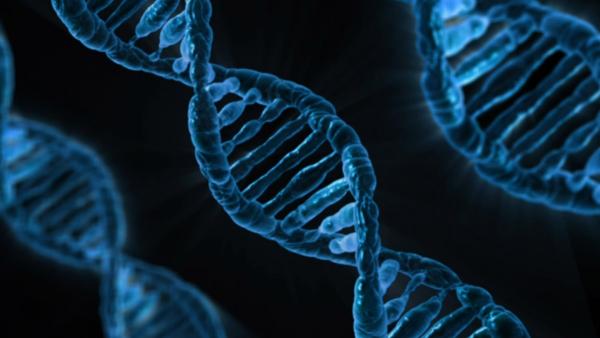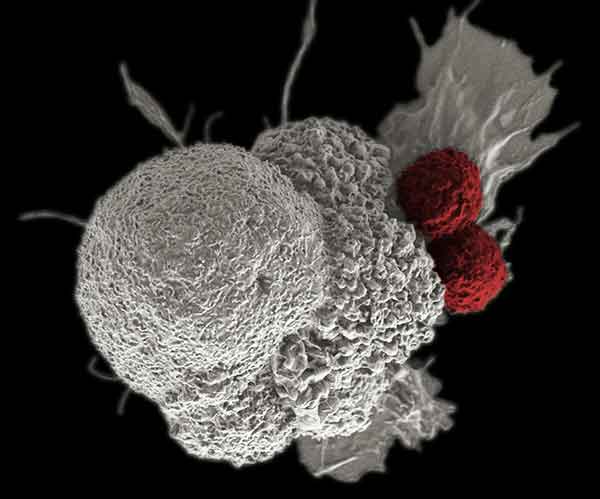New Treatment Creates Unwelcome Environment for Breast Cancer
Modifying Tumor’s Surroundings Stymies Cancer’s Expansion
If you ever tried planting an apple tree in the desert or growing avocados in New England, you would quickly figure out that such plants need a particular environment in order to thrive. Cancerous tumors are no different, and IRP researchers recently found strong evidence that a molecule naturally produced in the body can suppress the growth and spread of a particularly lethal form of breast cancer via both direct effects on the cancer and by altering its surroundings.






